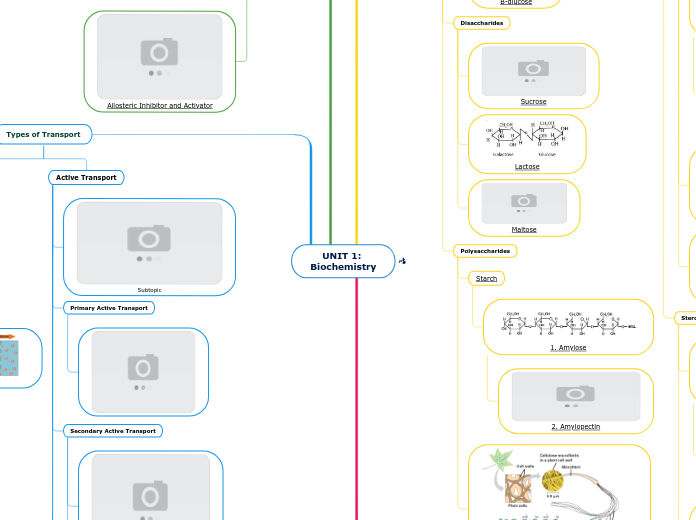a Natalie Mammone 4 éve
412
UNIT 1: Biochemistry
Biochemistry involves the study of various molecular components and their roles in living organisms. It encompasses different types of transport mechanisms such as active and passive transport.

a Natalie Mammone 4 éve
412

Még több ilyen
Type in the name of the company you are going to have an interview with.
2. Pinocytosis
1. Phagocytosis
Antiport
Symport
Carrier Protein
Channel Protein
-informational nucleotides -used by all organisms to produce identical copies of themselves which means that they can reproduce instruction code of organism is stored along the strands of DNA
Primary, Secondary, and Quaternary structure in Proteins
Glycine
Amino Acid
-the most complex molecule in living organisms -used as structural building blocks and functional molecules and are involves in almost everything that cells do
Testosterone
Cholesterol
Liposomes
Micelle
Structure of a Phospholipid
Phospholipid Bilayer
Saturated and unsaturated fatty acid
Cis Vs Trans
-Storing energy: change carbs into fat and store the fat molecules as droplets in fat tissues -Insulation: A layer of fat under the skin -Building: membranes (phospholipid layers) and other cell parts -Chemical signalling molecules (hormones)
Cellulose
Starch
1. Amylose
2. Amylopectin
Maltose
Lactose
Sucrose
B-glucose
Deoxyribose
α-glucose
Ribose
B-galactose
Fructose
-Get ATP -structure: part of cell wall and form part of DNA and RNA backbone -ID markers and communicators: in cell membrane linked to proteins and lipids